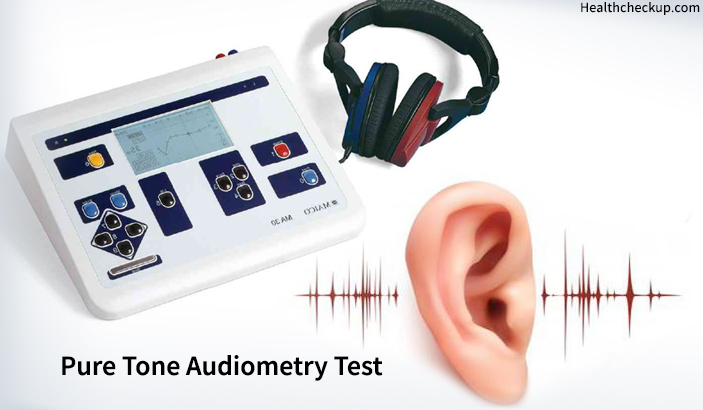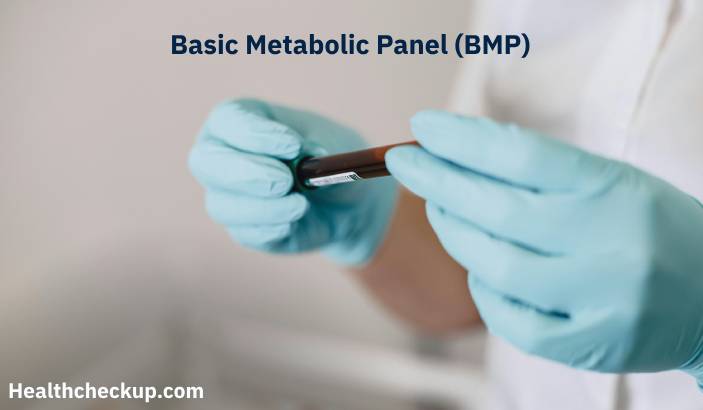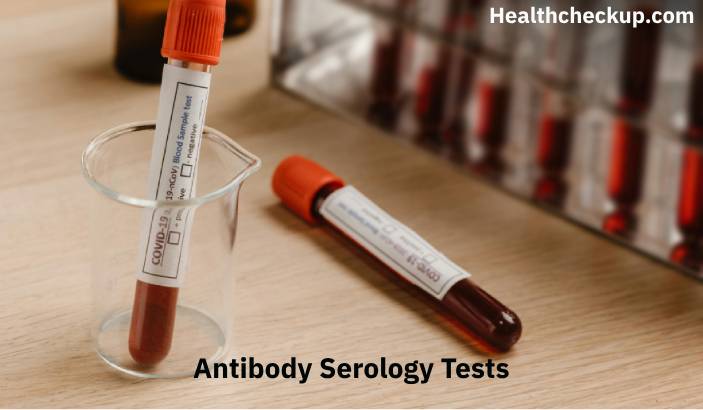Pure Tone Audiometry is a behavioural test that is aimed at measuring the severity and balance of an individual hearing loss. This measurement involves looking at the peripheral and central auditory systems. Otolaryngologist or Otologist usually conducts pure tone audiometry test and analysis the recorded audiogram to determine the degree of hearing loss to an individual.
Pure Tone Thresholds (PTT) show the quietest sound audible at least 50 percent of the time. The sensitivity of hearing is shown on an audiogram, that is a graph showing intensity as a function of frequency. With that graph, the doctor can easily help the individual accordingly for it contains all the required information of an individual hearing.
Degree of Hearing Loss
The degree of hearing loss varies from one individual to another from mild to profound as shown in the table below.
| Pure Tone Average (dB HL)
|
Degree of Hearing Loss
|
| < 15 | Normal |
| 16 – 25 |
Slight |
| 26 – 40 |
Mild |
|
41 – 55 |
Moderate |
|
56 – 70 |
Moderately |
|
71 – 90 |
Severe |
| ≥ 90 | Profound |
Normal and Slight Hearing (0-25 dB): At this range, hearing is within the standard limits. Rather the individual is normal.
Mild (26-40 dB): At this range individual with mild hearing loss can generally manage without any hearing aids. The only challenge they get is that they have difficulty in hearing softly spoken words.
Moderate (41-55 dB): This one can go to an extent of affecting language development if experienced as early as childhood. Individual who suffers from this range of hearing loss may experience difficulty hearing a conversational speech. Research done has shown that this level has been linked with low self-esteem and to some extent social problem.
Moderate Severe (56-70 dB): Individuals with this level are more affected as they actually do not hear normal volume speech in a conversational. Furthermore, they may also suffer from a considerably decreased clarity of speech because of this hearing loss.
Severe (71-90 dB): Individuals with this level of hearing loss are the most affected as they not able to hear even loudly spoken speech. Depending on the age the hearing loss developed they may have difficulty with speech.
Profound (>90 dB): At this level, the individual is most affected of all other levels as they do not have any ability to hear sound at any level.
Common Causes of Hearing Loss
Hearing loss may be caused by different things for instances exposure to loud noise, infections among others.
Below Are The Diverse Causes of Each Type of Hearing Loss
Sensorineural hearing loss cause includes excessive noise exposure, aging, diabetes, injury, obesity, smoking, stroke, meningitis, measles, and hypertension among others.
While the conductive hearing loss is caused by infections of the middle ear resulting in pus buildup, abnormal growths, wax buildup, scarring of the eardrum, a foreign object in the ear canal amongst others.
(Read – Ear Burning Sensation Causes)
Pure Tone Audiometry Test Procedure
There are several methods which can be used by a doctor to determine the nature and degree of hearing loss. Pure Tone Air Conduction Audiometry is one of the tests that can be done. It is usually the 1st quantitative hearing test conducted on an individual to evaluate the nature and degree of hearing loss. It can be conducted on adults as well as on children above four years of age.
This test focus on hearing levels at diverse frequencies at which one can only just hear a tone obtainable at the external ear canal. Beforehand testing begins, the patient should be given instruction on how to respond during testing.
Test Procedures Involved
Step 1: Fix audiometer to power supply ensures that the switch is on.
Step 2: After connecting audiometer to power supply connect the earphones to it and place them on the client’s head.
Step 3: First rate the 1000 Hz frequency and set the output switch so that the tone is presented to the better ear.
Step 4: At first present the sound at 30 dB HL. Check whether there is a response if a response is achieved it means that 30 dB sounds are above the client’s threshold. Raise it at the rate of 10 dB until a response is shown by the client and the limit of the audiometer is reached at that frequency.
Step 5: As soon as a response is got the level is dropped in 10dB steps until the client stops reacting.
Step 6: On the machine turn the frequency to 500 Hz after this repeat the above 5 steps.
(Read – Why Did You Go For Ear Checkup)
Pure Tone Audiometry Test Results and Interpretation
Air Conduction Test is where a pure tone stimulus is presented to one ear at a time headphones over a range of frequencies and decibel (dB) levels. The patient reacts each time he or she hears the signal. The matching results are plotted on the audiogram with a color Red ‘O’ indicating the Right Ear and a color Blue ‘X’ denoting the Left Ear. As shown on the pure tone audiometry graph below
The location of these signs on the graph shows the softest sounds you can receive at diverse frequencies.
The lower down the symbol is on the graph the more the amount of your hearing loss is at that certain frequency. Lower pitched sounds are on the left and higher pitched are on the right of the chart.
(Read – Hearing Screening For Newborn Infants)
Pure Tone Audiometry Test Duration and Price
This test usually takes around 20 to 30 minutes depending on the age of the client. For a child, it may take longer as they tend to resist the test a lot because of the fear.
The price of the test various from one test the other.
| Tests |
Charges |
| Pure Tone Audiometry [PTA] | 400.00 |
| Pure Tone Audiometry High Frequency [PTA -HF] | 500.00 |
| Impedance Audiometry [Tympanometry] | 500.00 |
| Free Field Audiometry | 400.00 |
| Tone Decay Test [T.D.T] | 200.00 |
| Speech Audiometry 200.00 | 200.00 |
| Short Increment Sensitivity Index [S.I.S.I] | 200.00 |
| Alternate Binaural Loudness Balance [A.B.L.B] | 200.00 |
Conclusion
Having profound hearing loss can be traumatizing especially if it occurs at a young age for it affects the learning of the individual for she or he has to attend a special school for a child with a hearing disability. The good news is that some of the hearing loss can be avoided.
For example infectious one for instance measles, the child needs to get immunized when still ate young age. For an adult, they should avoid the thing that can cause hearing loss. For example, Smoking. For one to ascertain they are okay they should undergo frequent pure tone audiometry test after every six months. I believe prevention is better than cure.
Medically Reviewed By










